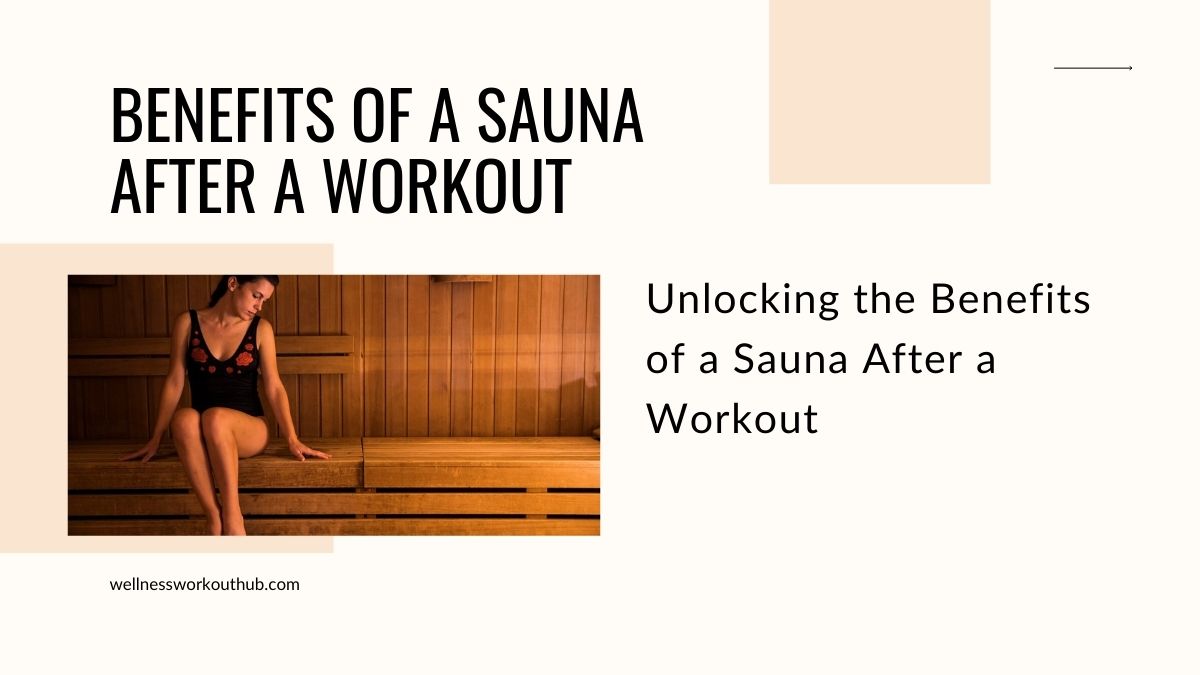Congratulations on completing another intense workout session! As you wind down, you might notice your body trembling or shaking, leaving you wondering, “Why am I shaking after a workout?” These post-workout shakes, while often concerning, are a common occurrence among fitness enthusiasts. In this comprehensive guide, we’ll delve into the causes behind these shakes and explore effective strategies to manage and minimize them, ensuring a smoother post-exercise recovery.
What are Post-Workout Shakes?
Defining Post-Workout Shakes
Post-workout shakes, also known as exercise-induced tremors or post-exercise trembling, refer to the involuntary trembling or quivering of muscles following physical activity. This phenomenon typically occurs after intense or strenuous workouts and can manifest in various parts of the body, including the arms, legs, and core.
Common Experiences and Symptoms
Individual experiences with post-workout shakes can vary widely. Some may only experience mild tremors, while others might undergo more pronounced shaking episodes. Additionally, symptoms may include muscle weakness, fatigue, and difficulty coordinating movements.
Read More: Unlocking the Benefits of a Sauna After a Workout
Frequency and Duration
The frequency and duration of post-workout shakes can depend on several factors, including the intensity and duration of the exercise, individual fitness level, hydration status, and nutritional intake. While these shakes often subside within minutes to hours post-exercise, persistent or severe trembling may warrant further investigation.
Causes of Post-Workout Shakes
Physical Exertion and Muscle Fatigue
One of the primary contributors to post-workout shakes is the physical exertion and strain placed on muscles during exercise. Intense workouts can lead to muscle fatigue and depletion of glycogen stores, triggering involuntary muscle contractions and trembling.
Dehydration and Electrolyte Imbalance
Inadequate hydration and electrolyte imbalance can exacerbate post-workout shakes. Sweating during exercise leads to fluid and electrolyte loss, affecting nerve function and muscle contractions. Electrolytes such as potassium, magnesium, and sodium play crucial roles in muscle function and hydration status.

Blood Sugar Levels and Hypoglycemia
Low blood sugar levels, or hypoglycemia, can also contribute to post-workout shakes, especially if individuals engage in prolonged or high-intensity exercise without sufficient fuel intake. Insufficient carbohydrate consumption before or during workouts can deplete glycogen reserves, leading to shaky sensations and fatigue.
Individual Factors Influencing Post-Workout Shakes
Fitness Level and Training Intensity
Individual fitness levels and training intensity play significant roles in determining susceptibility to post-workout shakes. Beginners or individuals unaccustomed to intense exercise may experience more pronounced trembling compared to seasoned athletes who have developed greater muscular endurance and resilience.
Hydration Status and Fluid Intake
Maintaining optimal hydration is crucial for minimizing post-workout shakes. Dehydration can exacerbate muscle fatigue and impair nerve function, increasing the likelihood of trembling and muscle cramps. Ensuring adequate fluid intake before, during, and after exercise can help replenish lost fluids and electrolytes, reducing the risk of shakes.
Nutritional Habits and Pre-Workout Nutrition
Nutritional habits, particularly pre-workout nutrition, influence energy levels and muscle performance during exercise. Consuming a balanced meal or snack rich in carbohydrates and protein before workouts provides the necessary fuel and nutrients to support muscle function and mitigate post-workout shakes.
Strategies to Minimize Post-Workout Shakes
Proper Warm-Up and Cool Down
A comprehensive warm-up and cool-down routine can help prepare the body for exercise and facilitate recovery afterward. Dynamic stretches, light cardiovascular activity, and foam rolling can improve blood circulation, enhance flexibility, and reduce muscle tension, minimizing the likelihood of post-workout shakes.
Hydration Management
Maintaining adequate hydration before, during, and after exercise is essential for optimal performance and recovery. Monitoring fluid intake and electrolyte levels, particularly during prolonged or intense workouts, can help prevent dehydration-related trembling and improve overall exercise tolerance.

Balanced Nutrition and Pre-Workout Meals
Prioritizing balanced nutrition and consuming nutrient-rich meals or snacks before workouts can provide the energy and nutrients necessary to sustain exercise intensity and minimize post-workout shakes. Focus on incorporating complex carbohydrates, lean protein, and healthy fats to support muscle function and glycogen replenishment.
When to Seek Professional Advice
Persistent or Severe Shaking Episodes
While occasional post-workout shakes are normal, persistent or severe trembling episodes warrant further evaluation by a healthcare professional. Chronic trembling or muscle weakness may indicate underlying health issues or overtraining syndrome, requiring medical assessment and intervention.
Accompanying Symptoms or Concerns
If post-workout shakes are accompanied by additional symptoms such as dizziness, nausea, chest pain, or irregular heartbeat, seek prompt medical attention. These symptoms could signify more serious conditions such as dehydration, electrolyte imbalance, or cardiovascular issues that require immediate evaluation and treatment.
Impact on Performance and Daily Functioning
If post-workout shakes significantly impair performance, daily functioning, or quality of life, consult with a healthcare provider or fitness professional for personalized guidance and support. They can assess your exercise regimen, nutritional habits, and overall health status to develop an effective management plan tailored to your needs.
Conclusion
In conclusion, post-workout shakes are a common occurrence among fitness enthusiasts, often stemming from factors such as physical exertion, dehydration, and inadequate nutrition. By understanding the underlying causes and implementing targeted strategies such as proper hydration, balanced nutrition, and gradual training progression, individuals can effectively manage and minimize post-exercise trembling, facilitating a smoother and more enjoyable fitness journey.
Top Frequently Asked Questions
Post-workout shakes are often caused by factors such as muscle fatigue, dehydration, and low blood sugar levels resulting from intense physical exertion.
The duration of post-workout shakes varies depending on factors like exercise intensity, hydration status, and individual fitness level. While they typically subside within minutes to hours, persistent trembling may indicate underlying issues.
While post-workout shakes can’t always be entirely prevented, adopting strategies such as proper hydration, balanced nutrition, and gradual training progression can help minimize their frequency and intensity.

